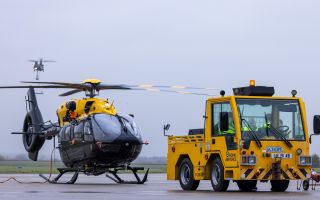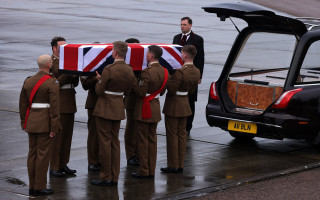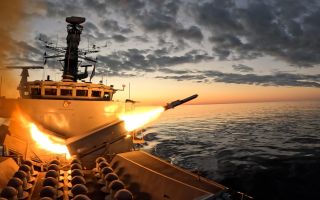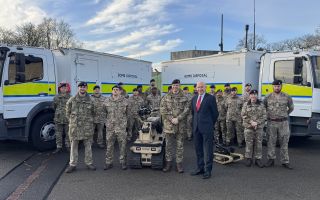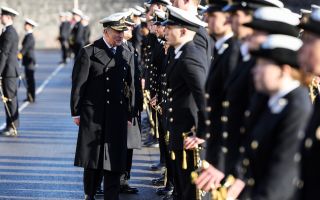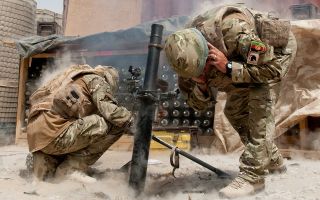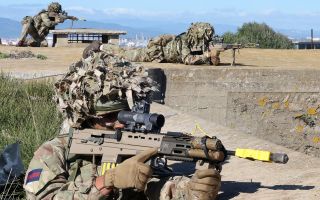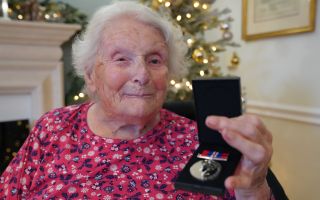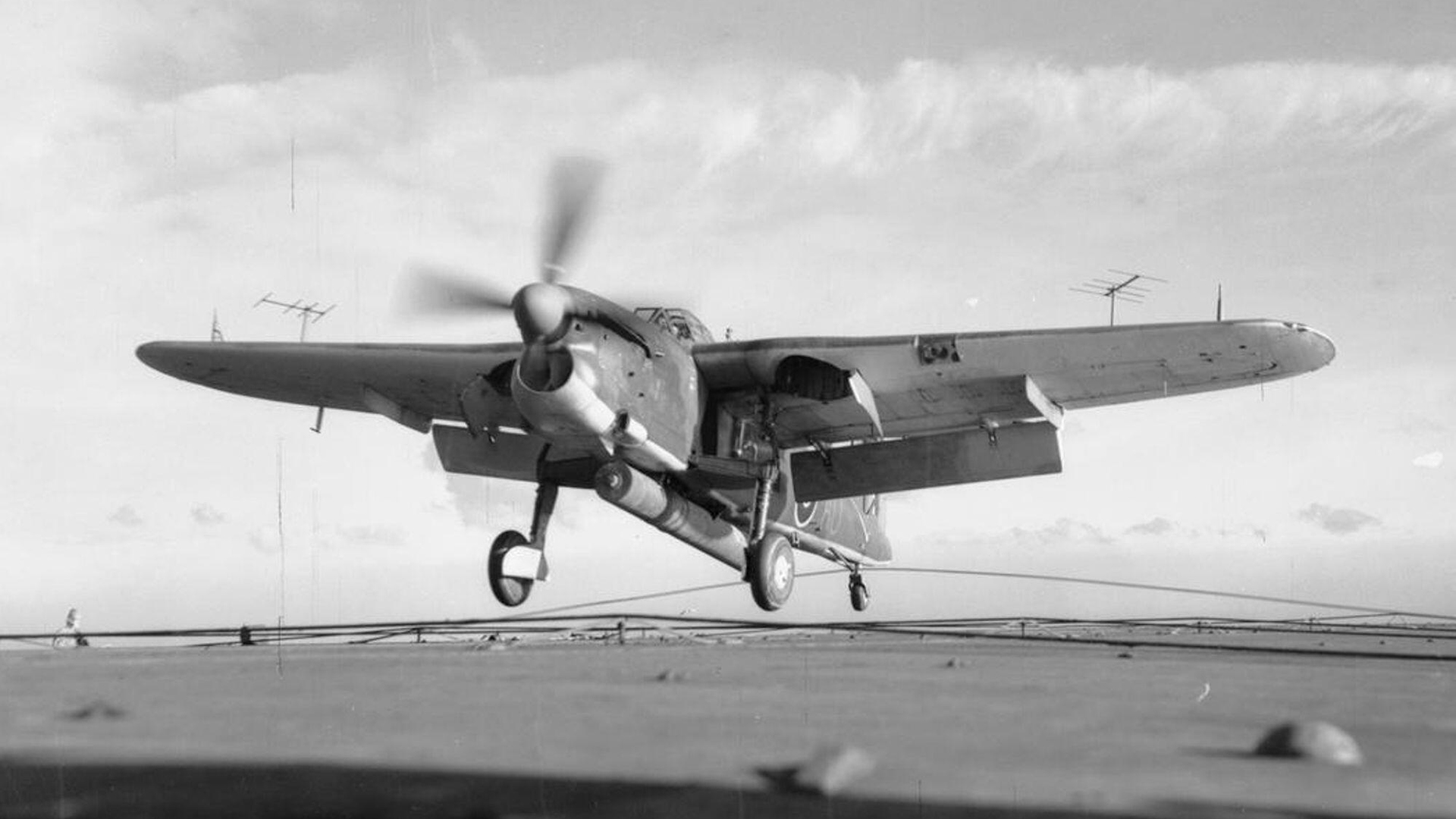
Rebuilding the Barracuda: The WW2 wreck like an Airfix kit – but with no instructions

Work to restore a Second World War Fairey Barracuda at the Fleet Air Arm Museum has been made easier thanks to a £50,000 grant.
Although around 2,600 of the torpedo/dive bombers were built, not a single intact Barracuda remains.
The team at the museum in Yeovilton has been working to rebuild the wreck of Barracuda Mk II DP872, which crashed in a bog in Northern Ireland after take-off, killing all three crew.
However, because the wreckage is incomplete, the team has been gathering parts from other Barracuda crash sites as well as fabricating new pieces from scratch.
What has also been missing is a template to help them put these parts together so DP872 can eventually go on static display.
The money will let the restoration team thoroughly study the Fairey archives, more than six decades after the firm closed.
This should give the team access to blueprints, technical drawings, development notes, test reports and design documents.
"For a long time, the Barracuda project has felt like building a life-sized Airfix model," said Louisa Blight, head of collections and research at the National Museum of the Royal Navy.
"But this funding gives us the 'instruction manual' we've been missing."
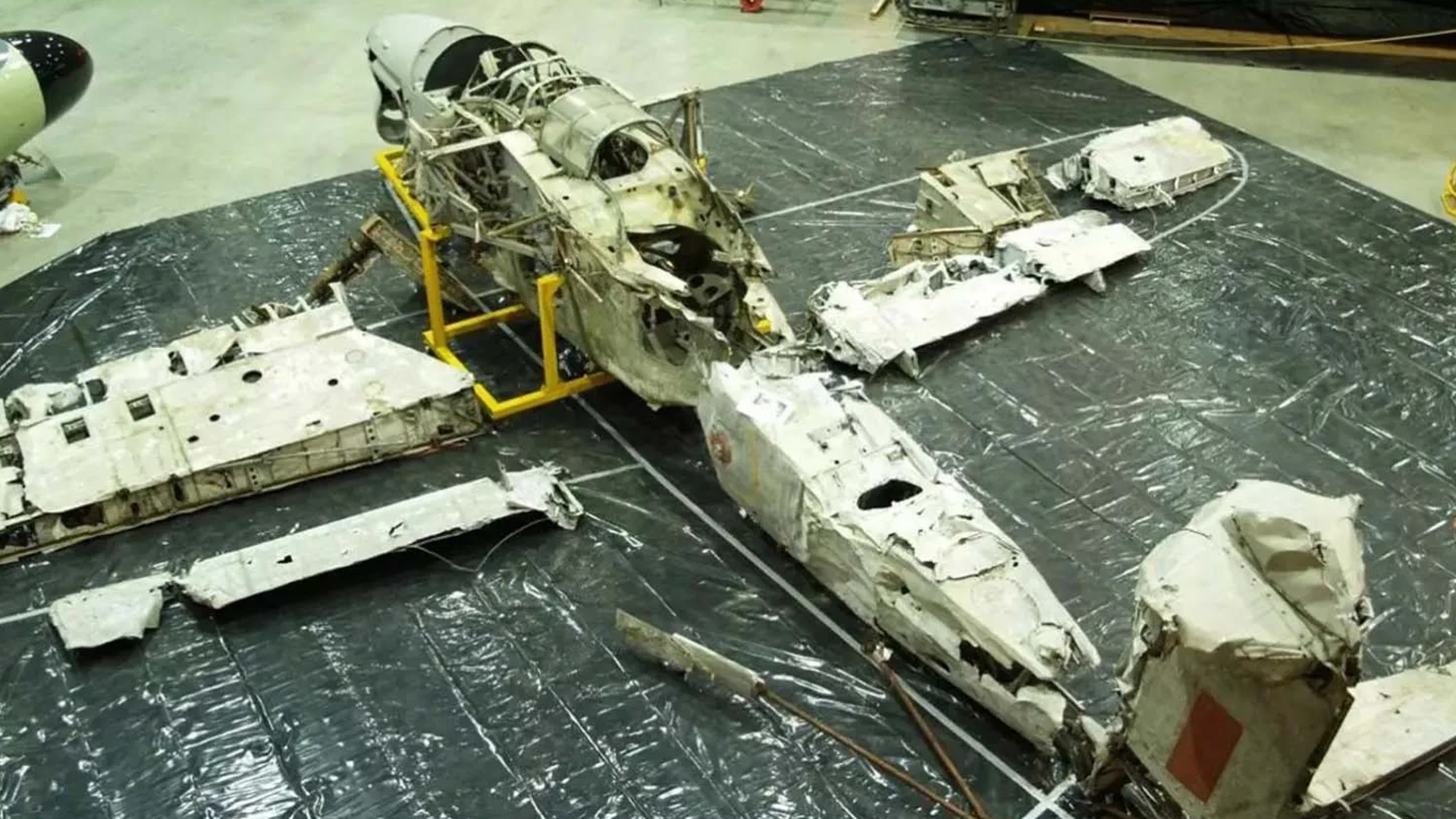
For nearly half a century, Fairey Aviation was one of the mainstays of the British aircraft industry.
The firm produced some of the best-known aircraft in the first half-century of naval aviation, from the dawn of aircraft carriers through to the Gannet airborne early warning plane, which served until the late 1970s.
But the company is best known for its Second World War aircraft – these being the legendary Swordfish, the Alabacore and, of course, the Barracuda.
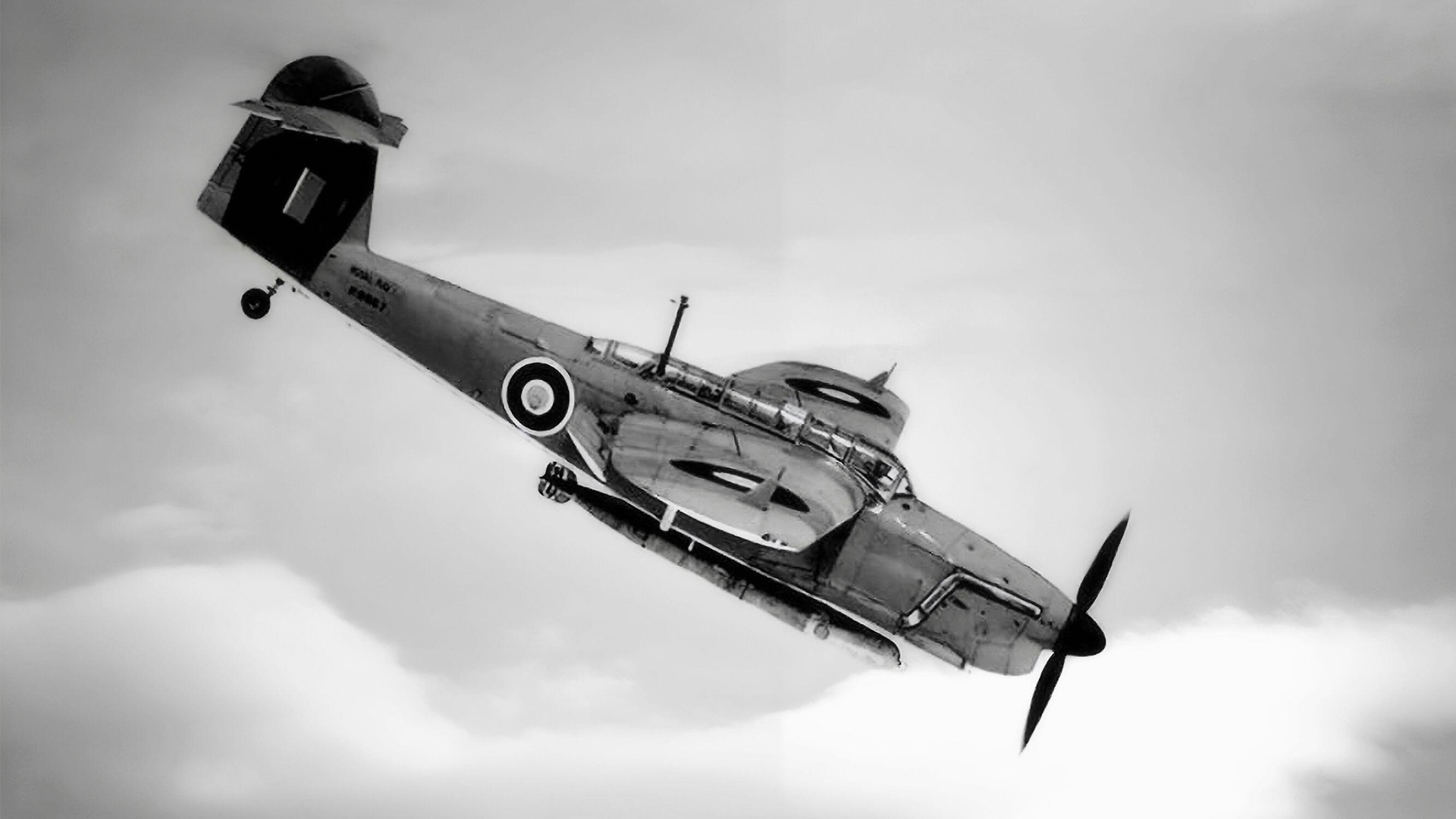
The Barracuda was operated by the Fleet Air Arm and the Royal Air Force, and the rebuild team worked alongside the RAF Museum in Hendon to secure the grant from Archives Revealed.
The aircraft was flown against the Germans, the Italians and the Japanese, with its most notable action being an attack on the German battleship Tirpitz on 3 April 1944.
Barracuda DP872, which was recovered from the bog more than 50 years ago, is currently on display in the Arthur Kimberley Viewing Gallery at the Fleet Air Arm Museum.
Updates to the restoration process can be found here.

